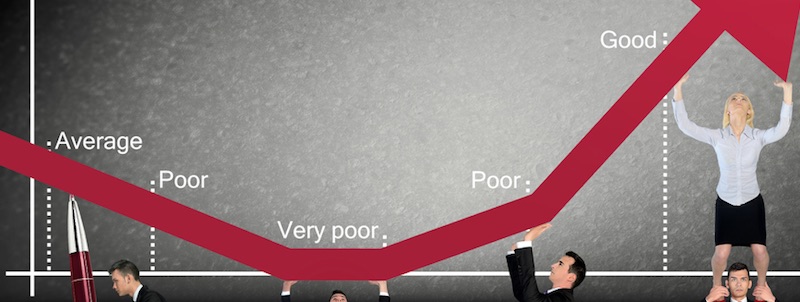
Measuring results from social media marketing can be tricky as much of the benefit is indirect and not easily traceable.
Ecommerce companies have different approaches to social media. Some view it as a way to generate brand awareness, such as with print and television ads. Others use it as a customer service portal for engagement. Some companies consider social media as a paid marketing channel, similar to Google Ads.
Regardless of the approach, a company that spends time or money on social media should measure the results. I’ll address how to do that in this post.
Traditional ROI
Use your analytics platform to see how many users, pages views, conversions, and order values your social media channels have produced. This makes it easy to compare, say, Facebook (organic or paid) to other sources such as paid search or third-party referrals.
Calculating your return on investment from social media advertisements is straightforward. But what about organic traffic from social media?
Some companies consider employee expense when calculating organic ROI. After all, employees spend time posting content and engaging with customers and prospects. And the cost of a dedicated social media marketer can be easily determined.
However, establishing a direct link between social media activity and revenue is not easy, typically. A consumer may have first seen a product on an influencer’s channel. The consumer could have then searched for it on Google, found the merchant’s website, and consummated the purchase. Without the influencer’s post on social media, the consumer would have been unaware of the product.
Thus, secondary measurements are often necessary to see the true impact.
Website Traffic
Merchants should be able to correlate the lift in web traffic from social media posts. For example, a merchant could measure traffic from a post on Tuesday at 2 p.m. to one from the previous week. But taking seasonality and external events into play, the best method is to compare traffic over multiple days and multiple posts.
Averaging the lift over time helps to correlate sales from each social channel, to assign the percentage of overall conversions to the source. A merchant could verify the impact by stopping social media activity for a week or two and then track total sales and traffic.
Awareness
Social media can increase a brand’s awareness, which would likely produce revenue eventually. The concept is similar to content marketing, which could create more organic search traffic but not necessarily instant sales.
… social media can increase a brand’s awareness, which would likely produce revenue eventually.
The measurement here is to track all mentions of your brand on social media using tools such as Google Alerts (free) or Sprout Social (not free). You could then correlate the brand mentions on each social channel to overall traffic, regardless of channel, to see the impact of increased awareness. Moreover, calculating the lift from brand mentions can help determine the value of each social media platform.
To correlate brand awareness to conversions, compare quarterly or yearly sales to the increase or decrease in brand mentions.
Engagement
How a company publicly responds to complaints and questions can make or break its reputation.
There are multiple ways to measure engagement on social media. First, track how many people engage with your company weekly or monthly and the purpose of their queries. You could then quantify at a high level the general market satisfaction of your products and service.
Additionally, engagement on social media can provide insights into your company’s response times, promotions, resolution of problems, and shipping policies. Social media listening tools such as Sprout Social or Sysomos can help quantify engagement by filtering and analyzing dialog and quantifying it in different ways.
Basic metrics for each social platform include the number of followers, number of likes, interactions, clicks to the website, and conversions. Tracking these can show whether you’re engaging with followers, which posts are effective, and the best posting times. All are critical for optimizing a social media channel.
Total ROI
Calculate the total return on investment from social media with the following formula.
Return on Investment = (Total Sales – Total Expenses) / Total Expenses * 100
Wherein:
Total Sales = Total Direct Sales from Social Channels + Estimated Sales from Increased Web Traffic + Estimated Sales from Brand Awareness + Fixed Monetary Benefit of Positive Engagement
Total Expenses = Cost of Advertisements and Influencers + Cost of Employees or Consultants + Other Indirect Expenses – Savings from Customer Service Calls and Emails




